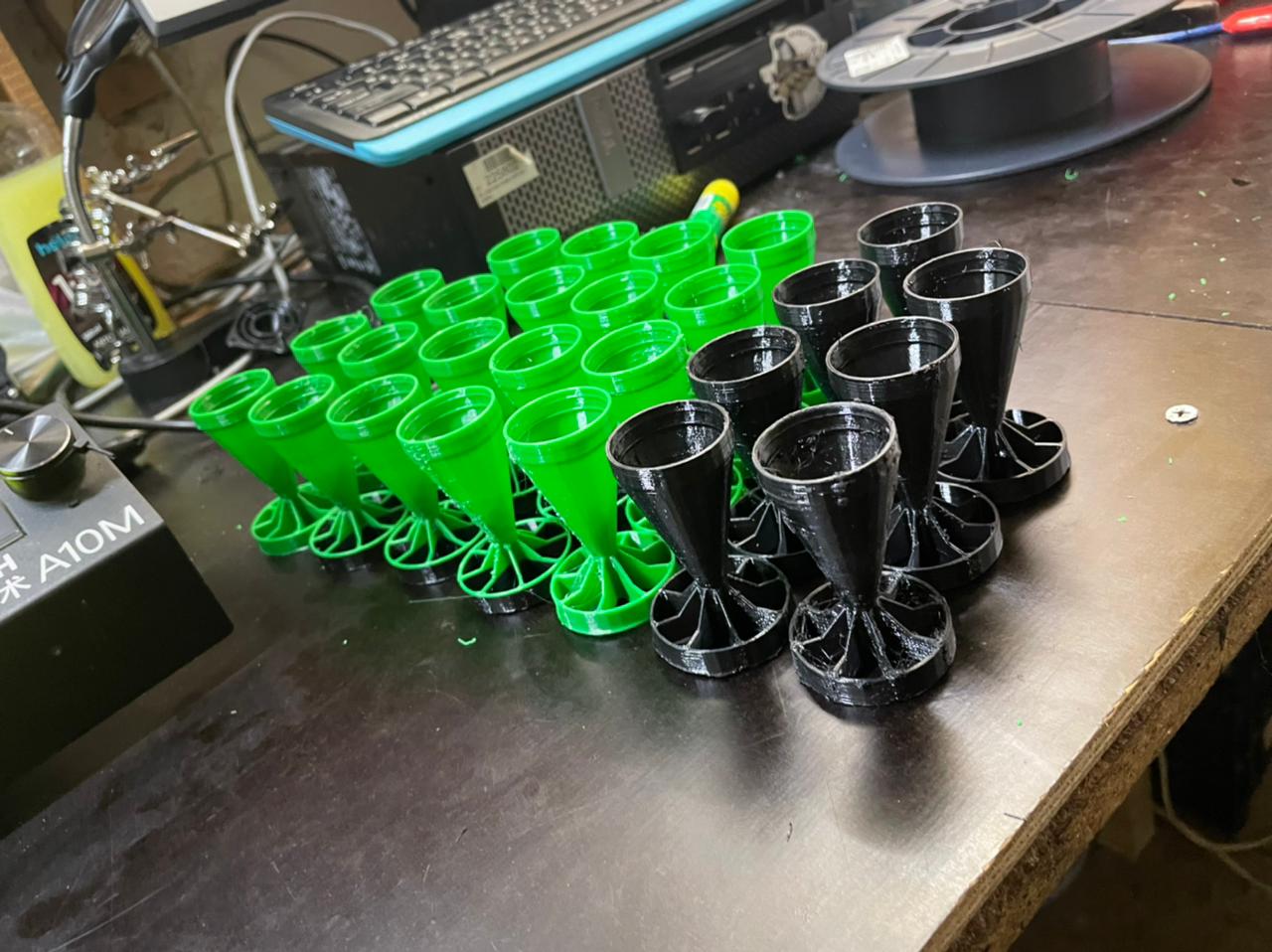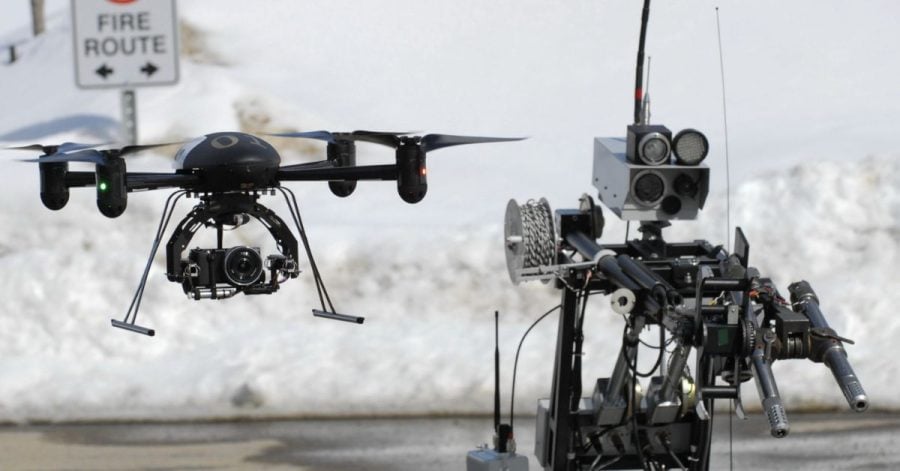When 30-year-old developer Oleksandr Shubin founded his software development startup SDA back in 2019, he couldn’t even imagine the various challenges that he would be facing three years later. Not because of the business he had to scale, but because Russia invaded Ukraine.
Based in Kharkiv, one of the cities that has been most heavily targeted by Russian forces during the seven month-long war, what seemed as the best option for Shubinwas to relocate his team to the safer zones of the Ukraine.
However, Shubin’s team was also willing to contribute towards the resistance against Russia, so most of his employees also became members of the now famous Ukrainian IT army, conducting various DDoS and other types of cyber attacks on Russian websites.
Shubin himself took on another responsibility – contributing war tech innovations through 3D printing parts that are used by soldiers on the ground to make missiles from grenade launcher cartridges.
“We sent these 3D printed parts directly to the people on the war front where they make use of it and drop it off the drones. Now, we are working on a new type of dropping system for FPV (first person view) drones that can drop missiles much faster,” Shubin tells The Recursive.

The use of drones as war tech in Ukraine has become a recurring topic both in the public and in tech conferences such as Lviv IT Arena, where international drone manufacturers such as US company Draganfly also took part and showcased how the technology has been used on the battlefield.
“We originally came to Ukraine and supplied authorities with our medical response drones, which can carry about 30 pounds of temperature sensitive supplies for search and rescue or battlefield missions in the case of insulin and pharmaceuticals. So those types of drones could be effective in helping,” Draganfly’s CEO Cameron Chell said during a panel discussion on war tech at the Lviv event.
Other drone-based solutions that Draganfly supplied to Ukraine include de-mining, a war tech solution which is particularly helpful in areas that have been taken by the enemy.

“The primary use here is for mine detection and mapping the area of interest. We use multiple sensors, like ground penetrating radar, LiDAR, thermal cameras, optical cameras, multispectral cameras. We can fly multiple missions throughout the course of the day, measure things like temperature anomalies in the ground for these magnetometers to detect if there is metal and then provide a map and work with the standard operating procedures of the mining groups,” Chell explained.
Innovation off the battlefield as well
Aside from the battlefield, Ukrainian companies are using innovation off it as well, most notably in cyberspace. After Russia started the full-scale invasion, cyberspace became the second front as Ukraine’s digital infrastructure began to suffer numerous cyberattacks.

However, together with the IT army, Ukrainian tech companies such as Kyiv-based macOS and iOS software development company MacPaw were also leading the resistance against the aggressor.
Shortly after the war started, in March the company launched SpyBuster, an on-device anti-spyware app that helps users effortlessly secure their data by weeding out apps and web connections reporting to unwanted servers.
“SpyBuster does two jobs — scans your device for installed apps with known connections with Russia or Belarus, and monitors if data is being sent to Russian or Belarusian servers when the app is in use,” the company tells The Recursive.
According to the company, by developing the tool MacPaw engineers have effectively prevented the spread of Russian propaganda in the country.
“In one of SpyBusters updates, developers have added functionality that allows analyzing public and encrypted application data. Thanks to this, they noticed that the Viber messenger’s code integrates with rutube (Russian video platform). Users could distribute and watch videos from the platform inside the application and thus spread Russian propaganda. SpyBuster team contacted the Viber Ukrainian office, and their team responded quickly to the request and began working to eliminate rutube integration. A few days later, Viber removed the integration with the new update of the application,” the company explains.
In another case, SpyBuster managed to mark a personal budget manager app as Russian, although this was originally registered as an Ukrainian app.
“This app has access to users’ Ukrainian bank accounts and helps keep track of incomes and expenses, so the app knows the user’s financial habits, banking details, and the amount of savings. During checking this false-positive case, it turned out that this budget manager for Ukrainian banks is indeed Russian, and its founder is also from Russia,” MacPaw told The Recursive in a statement.
Technologies that are here to stay
Most of the war tech and solutions that have recently emerged are also here to stay after the war ends, Ukrainian deputy minister for digital transformation Alex Bornyakov argues.
“All of the stuff related to drones will be transferred to civil needs. And this, I think this gives a significant push for drone technologies,” Bornyakov explained.
Additionally, there are cryptocurrency and blockchain projects that can also prove beneficial for the country in the long run, with some of them now being used to collect and distribute aid to those in need.
“Initiatives such as Aid for Ukraine, which is a crypto fund, actually show a new way to get money for charity. We also see that some projects that we launched for refugees, just based on blockchain, such as how to specifically identify a person and we ran this with the Binance refugee card and. Therefore, I think that financial technologies, things like crypto, blockchain, AI, drones, those kinds of things will lead us to the future,” the Ukrainian official concludes.








